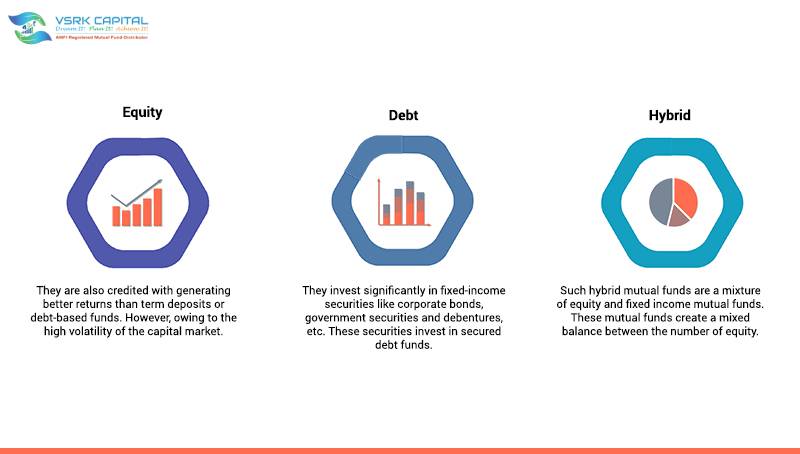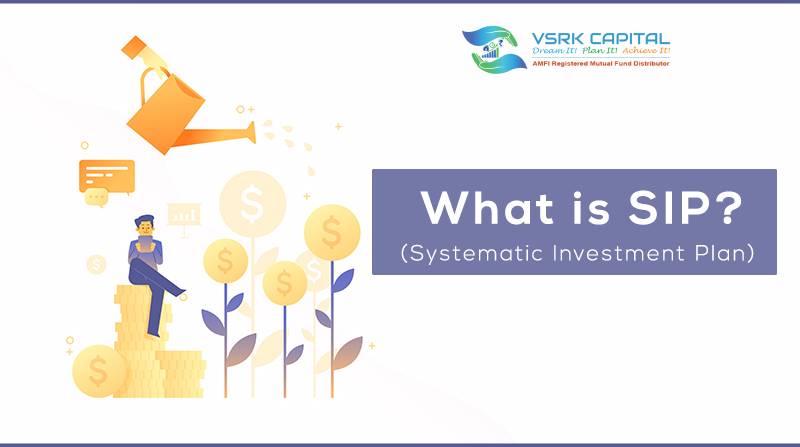The most looked out feature of a mutual fund is the number of options and flexibility it gives to the investors. Your mutual fund (whether equity or a debt fund) provides you with three types of plans: growth plan, dividend plan, and dividend reinvestment. In terms of liquidity management and tax treatment, there are several variations between these proposals. If you are planning to invest in mutual funds, there is one question that will strike you. How does one choose the best option? In this article, we will talk about how one can select a plan that suits him. First, let’s understand the growth plan, dividend plan, and dividend reinvestment plans.
a. Growth Plan
The most basic type of plan is a growth plan, in which the unitholder receives no payment. Whatever dividends or capital gains you earn stay in your portfolio, ensuring that the growth plan, NAV rises with the market.
b. Dividend Plan
In a dividend plan, the dividend is distributed to unitholders in cash. It is a suitable plan when someone is looking for a steady stream of income from mutual funds. Your fund’s NAV would drop to the point that the dividend is paid.
c. Dividend Reinvestment Plan
A dividend reinvestment plan is a hybrid plan that combines the benefits of both growth and dividend investing. The declared dividend is not paid out in cash in the dividend reinvestment but is reinvested in the same fund’s units.
Do you know various investment strategies that can be employed in different investment scenarios? Let us discuss them one by one:
1. If you have a long-term financial plan that includes the Equity Fund
Equity funds carry a higher risk, but they also have higher returns and the power of compounding results in massive wealth accumulation over time. If you opt for dividend pay-outs, it can cause money to be taken out of your account regularly. Any dividend pay-out lowers the NAV, and unless reinvested at a high rate of return, the goal of financial planning is lost. A dividend reinvestment plan is identical to a growth plan. So, it will have the same issue. As a result, a growth equity fund would be more straightforward and ideally tailored to your long-term financial goals.
2. What about a tax-advantaged ELSS plan?
An ELSS is similar to an equity fund. However, it has a 3-year lock-in duration and provides additional tax benefits under Section 80C of the Income Tax Act. Most investors can be unhappy without liquidity because ELSS funds have a 3-year lock-in duration. As a result, a dividend strategy could be a reasonable choice for investors who want to monetize their annual returns. If liquidity is not a concern, consider a dividend reinvestment or growth strategy. A growth strategy, on the other hand, should be favoured. Since dividends are reinvested, the date of reinvestment is the same as the date of investment, and the 3-year lock-in duration is determined from that point forward. As a result, growth strategies would be more successful.
3. When it comes to debt funds, how about deciding on a strategy?
In the case of debt funds and liquid funds, there is a slight difference in the calculation of capital gains tax liability. In debt and liquid funds, the long term is for three years; short-term gains are taxed at a higher rate, whereas long-term gains are not. You can choose the dividend plan and arrange it as a gradual withdrawal plan if you want daily income flows from your debt fund (SWP). It would also save you money on taxes because selling the fund in less than three years would result in you paying the highest tax rate.
Conclusion: Mutual fund strategies shall be developed on the specific liquidity requirements and tax situation of an investor. In most cases, the growth strategy is the better option for long-term holdings. However, if the customer wants a stable income or growth with a stable income, he can opt for the other two schemes.










